Such, we will try to “disenchant” laser for you.
We have been doing a job with laser processing technology for selective cleaning and the preparation of the area over a long time.
We deal with complicated disadvantages of superficial engineering in technological processes daily.
So, why have we decided to give our article this fairy -story title? We will try to present inconveniences, whose understanding will help “disenchant” technology.
Since the lasers are not just about cleaning, trimming or welding.
More than anything, lasers increase productivity, accuracy and processing quality.
Let’s start with the main.
Lasers, or electromagnetic radiation generators are devices that use the phenomenon of forced radiation emission.
They work through the excitation of an active medium by various types of pumping, such as electrical, optical, chemical or electronic collisions.
The excited medium emits energy as a coherent radiation.
According to the type of active medium, the lasers are separated into types of gas, liquid, organic and inorganic, solid state and semiconductors.
Laser radiation is characterized by monochromaticity, high coherence, temporal and spatial, and directionality of the propagation of the beam.
In addition, laser beams have the possibility to focus on optical systems including diameters of various micrometers, which results in very high power densities.
The application of lasers is vast.
In military technology, they are in arms views, rank search engines, missile and rocket guidance systems, objective monitoring systems and pump lighters.
The lasers are common in topography, distance measurement, the investigation of the geometric composition of the surface layer, wind and navigation recognition systems.
They are used successfully in medicine and cosmetics, environmental custody and telecommunications.
However, most of the time, laser technology is used in a plurality of industrial processes that involve the processing of metals and compounds such as welding, fusion, hardening and cutting.
They are also used to mark, drill holes and use coatings.
In recent years, lasers have also been used in the conservation of works of art for the suppression of contaminants and layers of rock, ceramics, metal details and polychrome.
The laser source is usually called the active medium where the laser action occurs.
In order not to exaggerate with a descriptive specification and exclusion between various types of active media, we will focus primarily on fiber lasers.
The active component of fiber lasers is a doping optical fiber with rare earth ions, such as Erbium, Ytterbium or neodymium.
These sources are characterized by high efficiency and great beam quality.
Radiation is created directly in the fiber optic nucleus and transmitted to the processing head by means of the optical fiber directly and without loss.
This erases the route control systems of the unreliable and complex beam, as well as the danger of weakening by means of mirrors or misalized or dirty glasses.
A laser system based on a fiber optic source is also resistant to temperature changes and various types of shock.
Another unquestionable virtue is the extensive life of these sources of at least 100,000 hours.
We are building this blog to publicize the reasoning and raise awareness about the technology of laser ablation.
Here, we publish our own original publications that will answer any questions and dissipate myths that have arisen around the lasers.
Categories
With this , we would like to start a monograph of laser ablation technology, in the same way that we know it for the daily challenges and experience.
Specialized laser solutions for industry professionals
